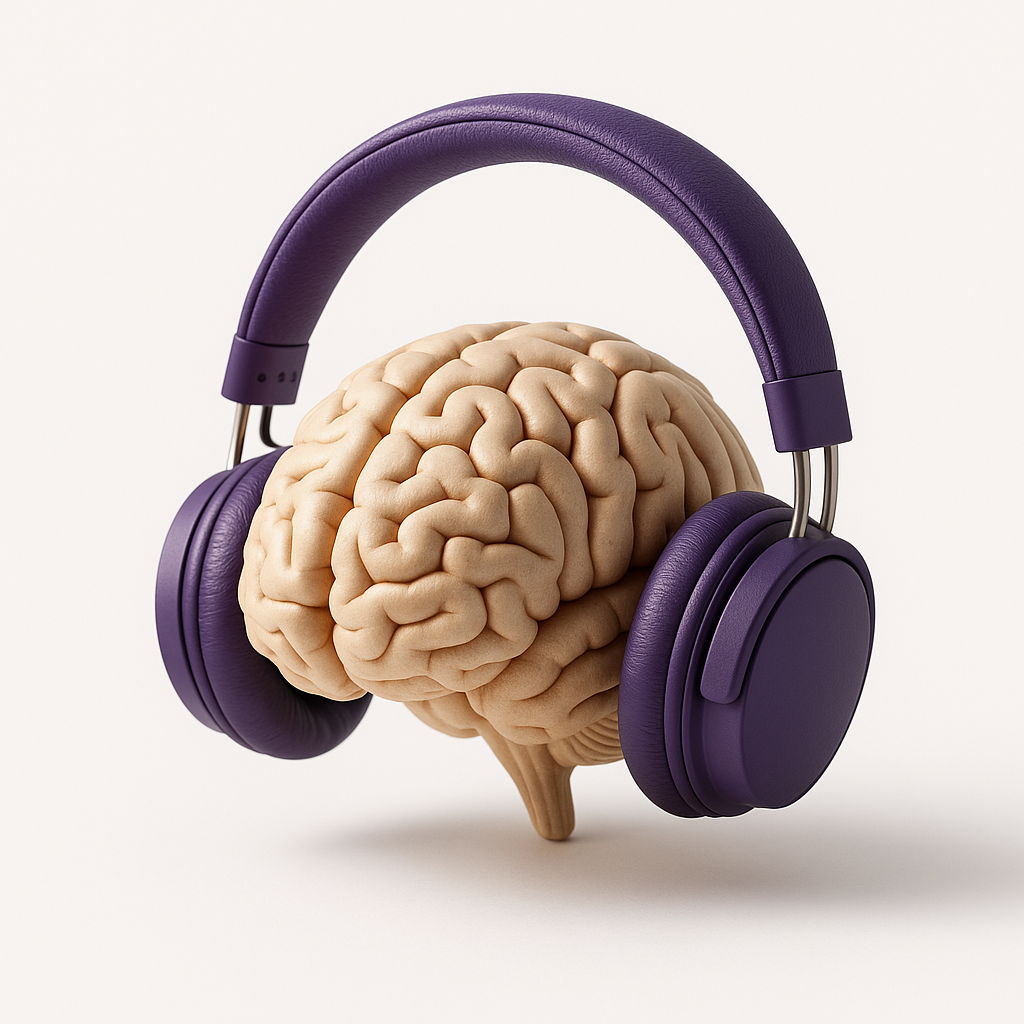Leveraging Neuromarketing to Boost Player Engagement in iGaming
Read Time 2 mins | Written by: Kostia L

The competitive world of iGaming, where online casinos and virtual betting keep growing, demands constant innovation to keep players interested and engaged. One effective approach that is gaining attention is neuromarketing. By understanding how players think, feel, and react, iGaming companies can design better games, improve user experiences, and retain loyal customers.
What is Neuromarketing and How It Applies to iGaming
Neuromarketing is the study of how people’s brains respond to marketing and design. It combines neuroscience, psychology, and consumer behavior to discover what really influences decision-making. In the iGaming world, these insights help developers and marketers understand what makes a game fun, exciting, and hard to put down.
Traditional marketing relies on surveys and guesswork, but neuromarketing uses tools like brain scans, eye-tracking, and emotional analytics to discover what players actually feel without them saying anything. This allows iGaming platforms to design features that truly connect with players’ emotions, leading to longer play sessions and more frequent return visits.
Using Eye-Tracking Technology to Improve Game Interfaces
Eye-tracking technology plays a major role in enhancing user interfaces in games. By analyzing where the player looks on the screen, developers can uncover valuable data about what parts of the game grab attention and which areas are ignored.
For example, if players consistently overlook a bonus feature placed in a corner of the screen, this shows that the placement is ineffective. Game designers can then move important elements, adjust color schemes, or change animation effects to guide the player’s focus better. This helps create a smoother and more enjoyable gaming experience.
Eye-tracking also helps simplify complicated game interfaces, making it easier for newcomers to start playing without feeling overwhelmed. A clearer interface leads to more confidence among players, which often results in more time spent in-game and more money spent over time.
Emotional Analytics for Improving Player Retention and Loyalty
Emotional analytics aims to measure how a player is feeling while interacting with the game. This involves monitoring facial expressions, heart rate, and skin responses to understand emotional reactions in real time. These insights are powerful for boosting player retention and loyalty.
If a level causes too much frustration, data from emotional analytics can suggest that the game is too hard or confusing. Similarly, if a game triggers strong positive emotions at certain milestones, those moments can be emphasized or repeated to keep players happy and engaged. By constantly learning from emotional feedback, developers can adapt gameplay to maintain an ideal level of excitement and satisfaction.
Loyalty programs can also benefit from emotional data. If a player feels bored with current rewards, systems can automatically adjust to offer more personalized incentives that appeal to their emotional profile, like exclusive bonuses or surprise gifts.
Why Neuromarketing is a Game-Changer for iGaming
Neuromarketing is not just a buzzword. It is proof that understanding the human brain can lead to better business results. For the iGaming industry, where competition is tough and user attention spans are short, applying these neuroscience techniques can lead to measurable achievements in player engagement and profit.
When players feel that a game understands them, responds to them, and keeps improving based on their behavior, their trust and loyalty grow. Eye-tracking creates smarter interfaces, emotional analytics creates deeper emotional connections, and together with creative storytelling and visuals, neuromarketing leads to more powerful iGaming experiences.
Final Thoughts
Leveraging neuromarketing in iGaming helps companies stand out in a crowded industry. By using tools like eye-tracking and emotional analytics, game developers and marketers can build smarter, more personalized games that keep players coming back. Neuromarketing takes the guesswork out of engagement and opens the door to highly optimized gaming experiences that are both fun and profitable.